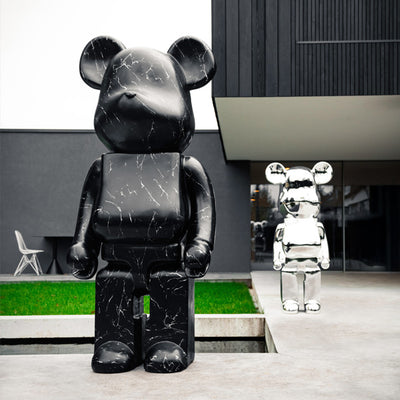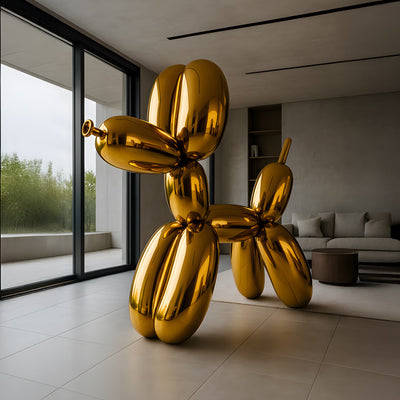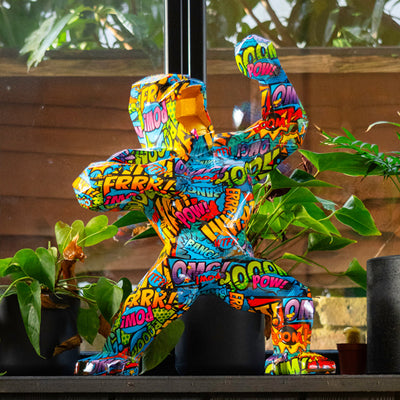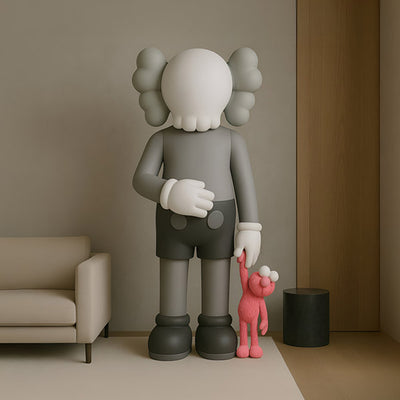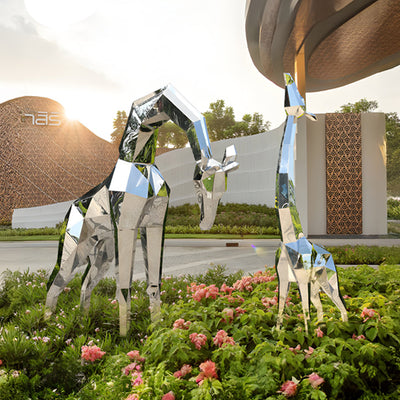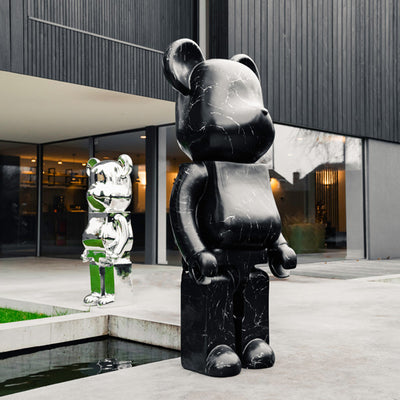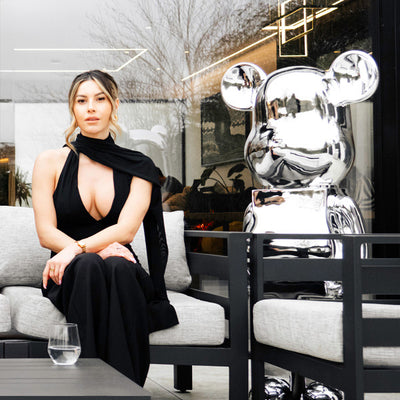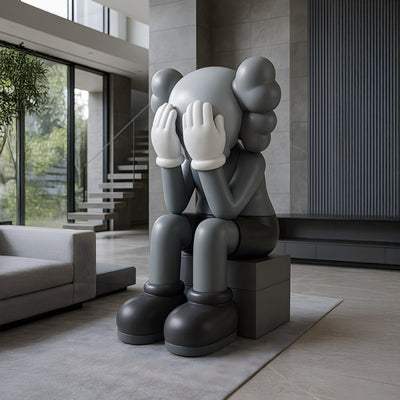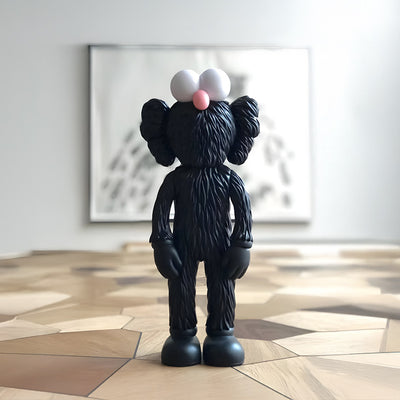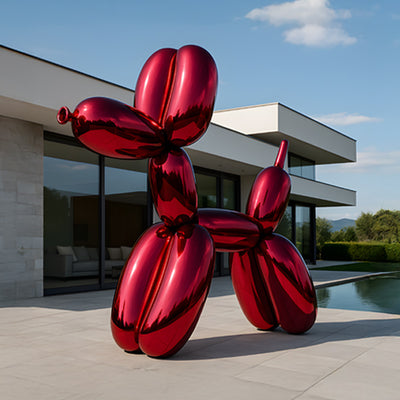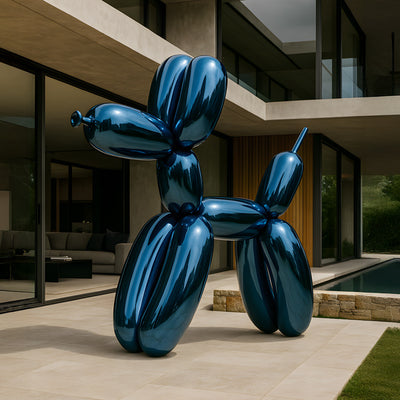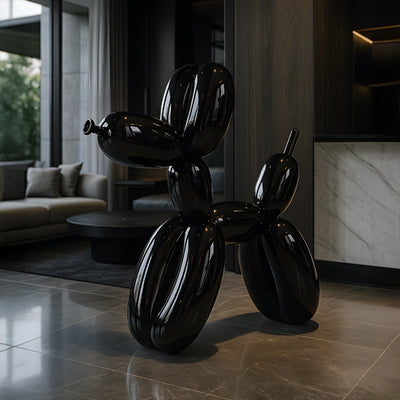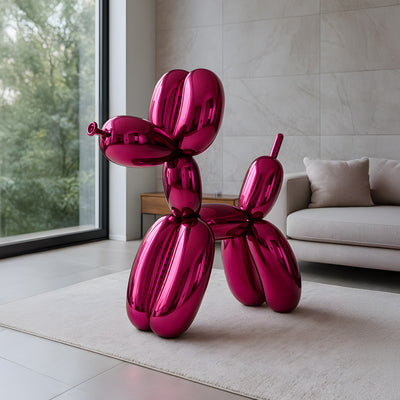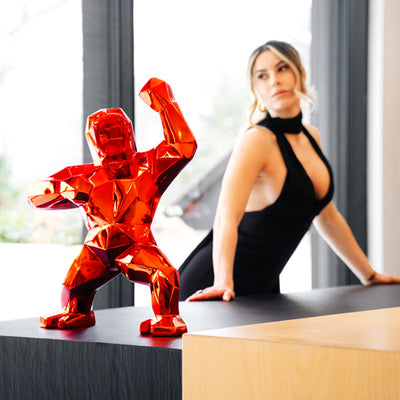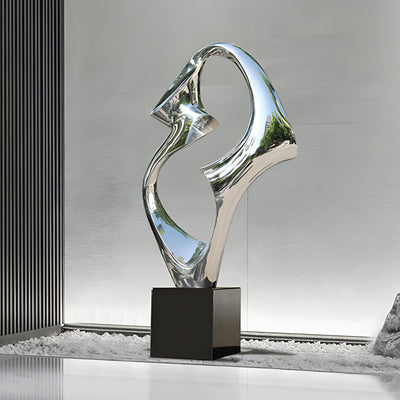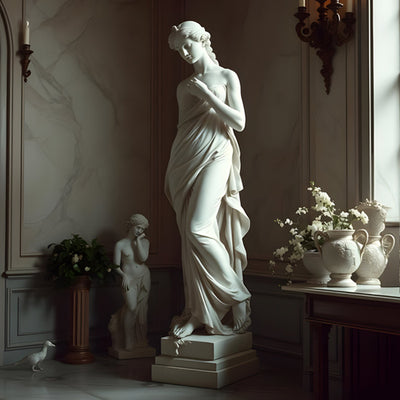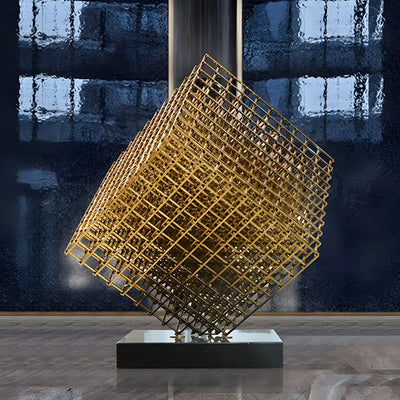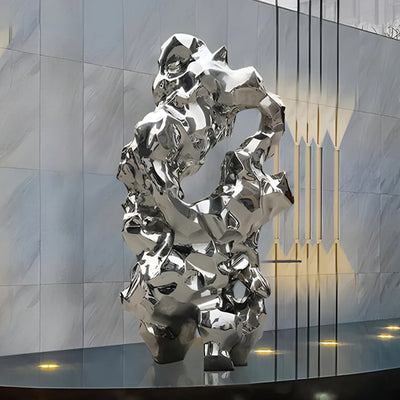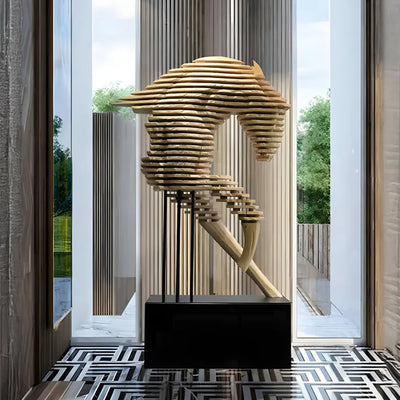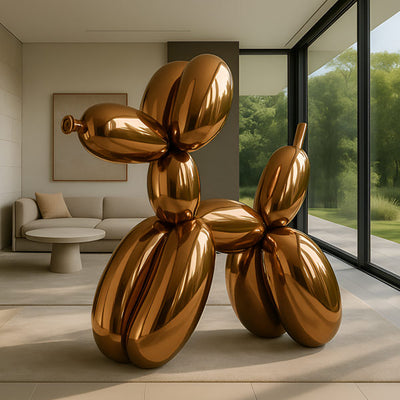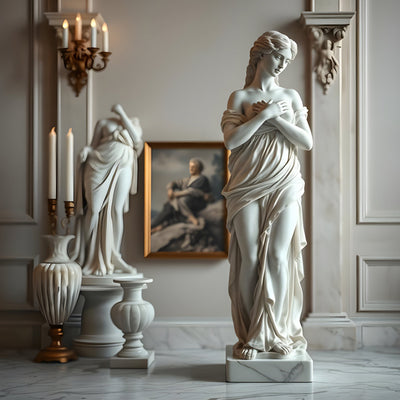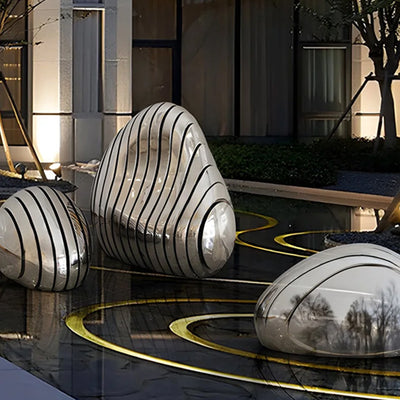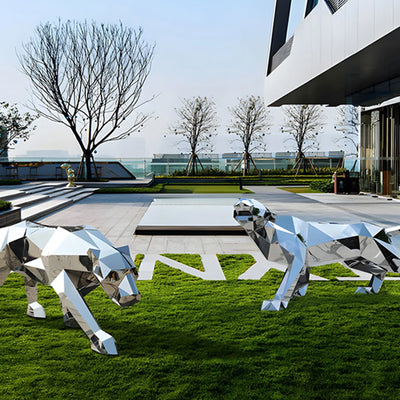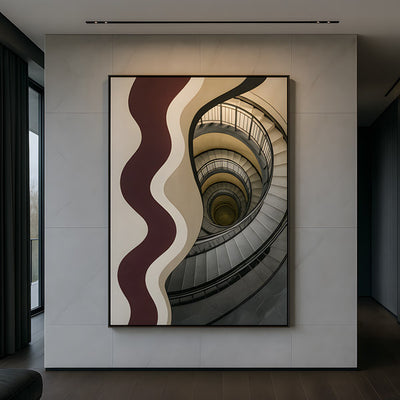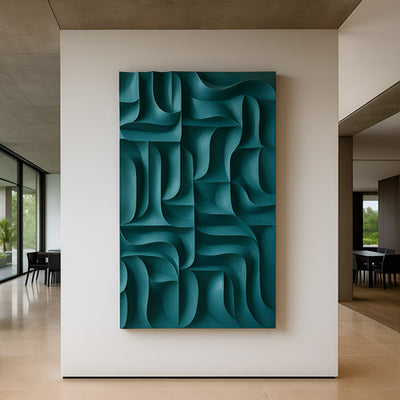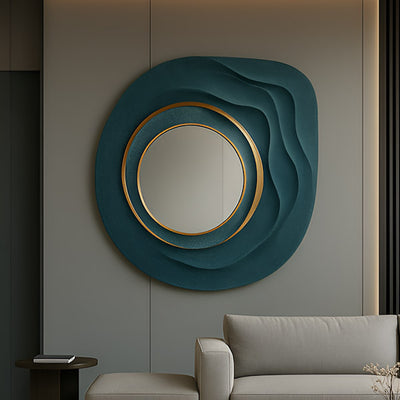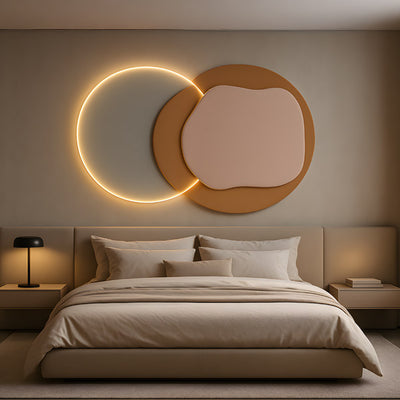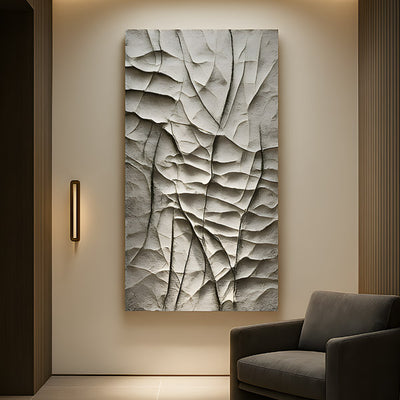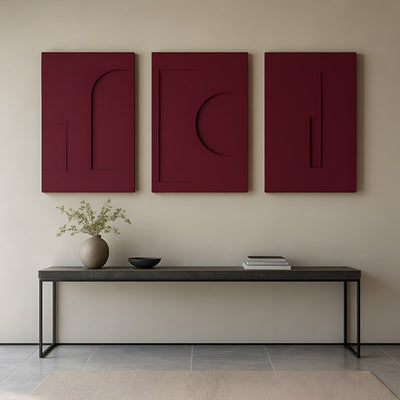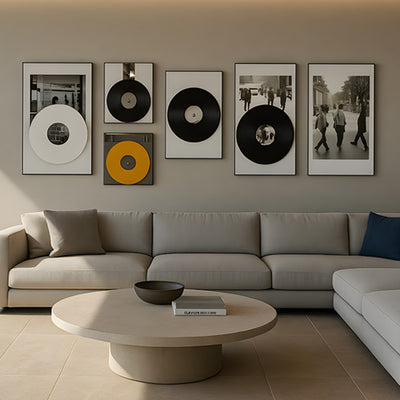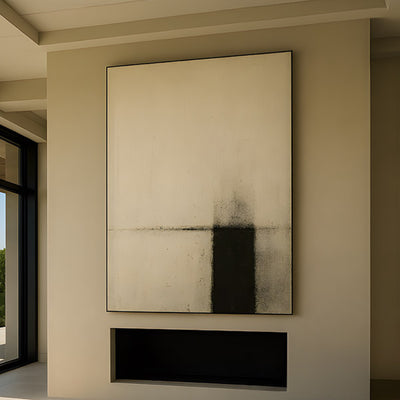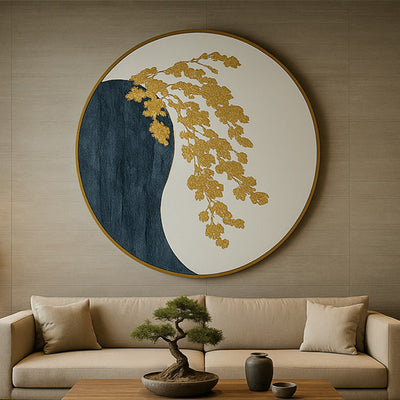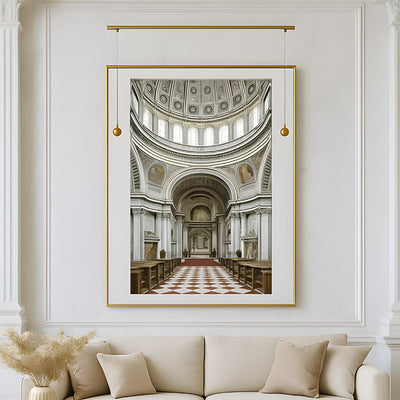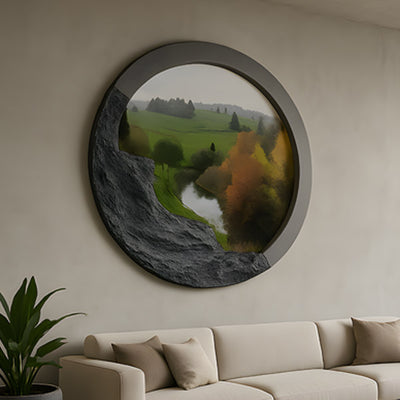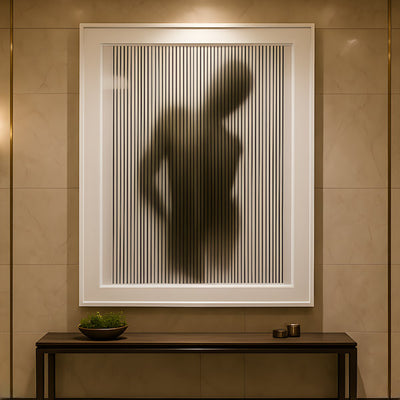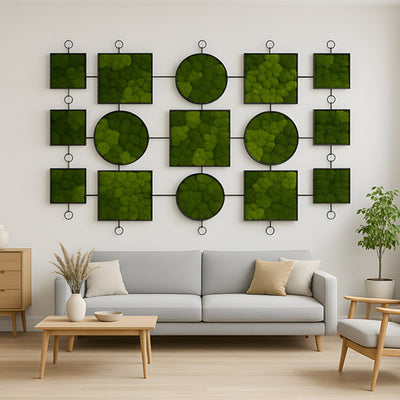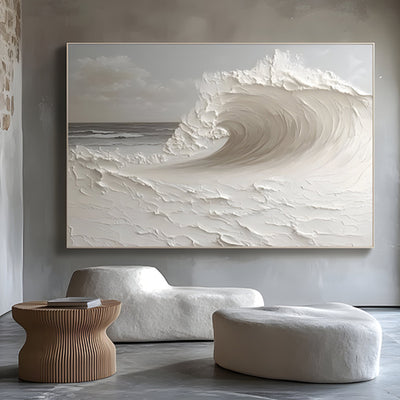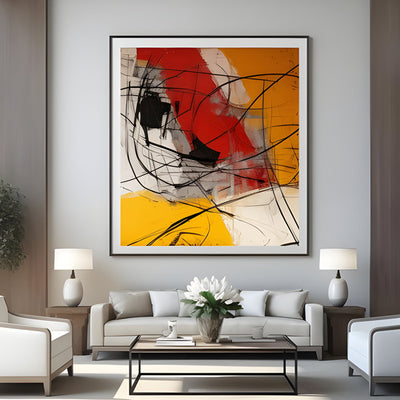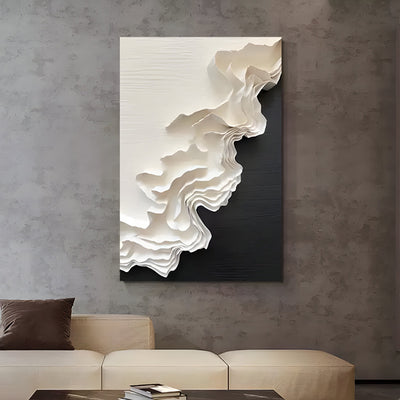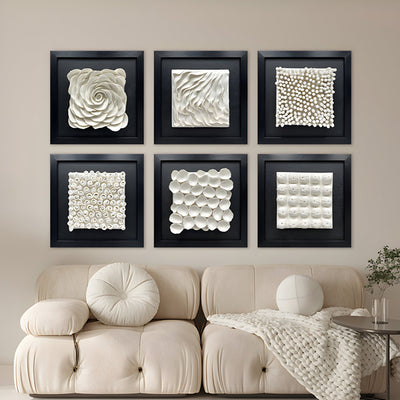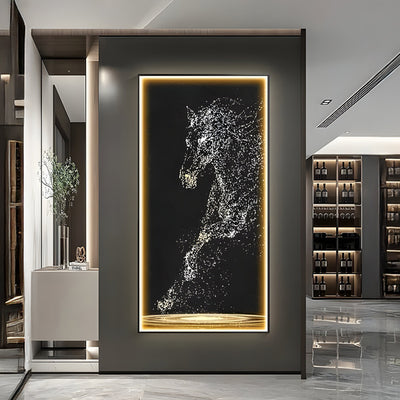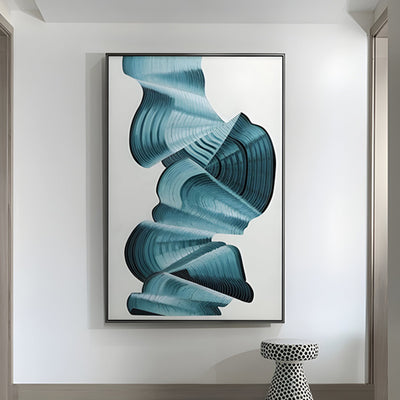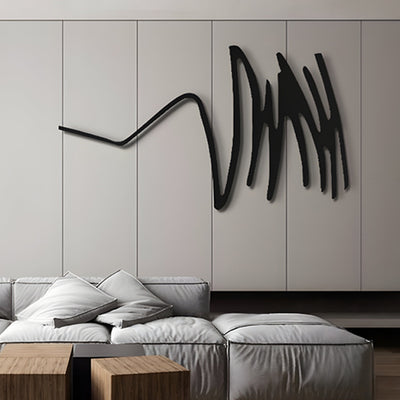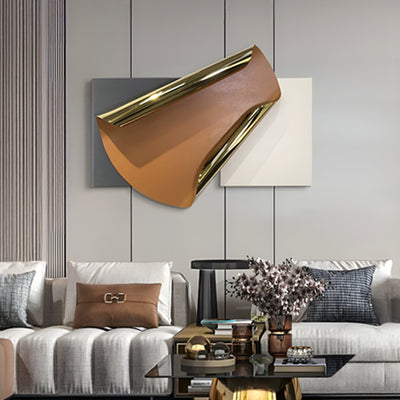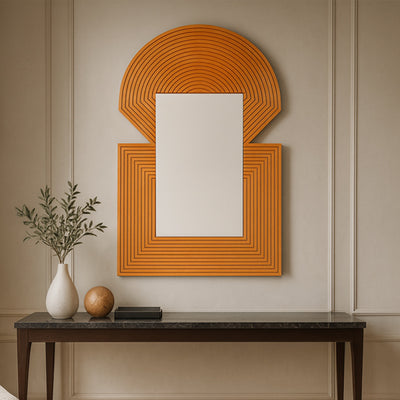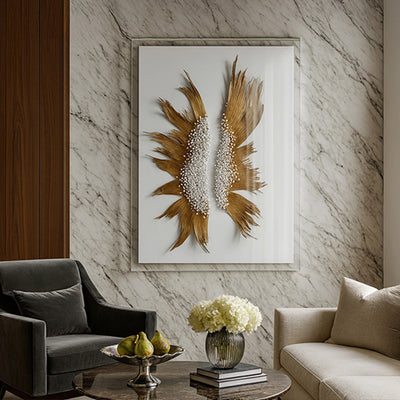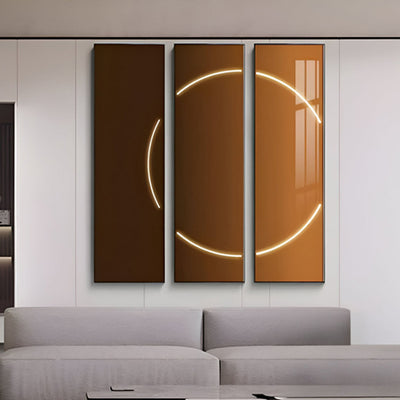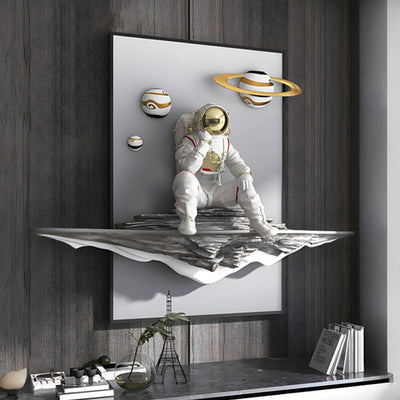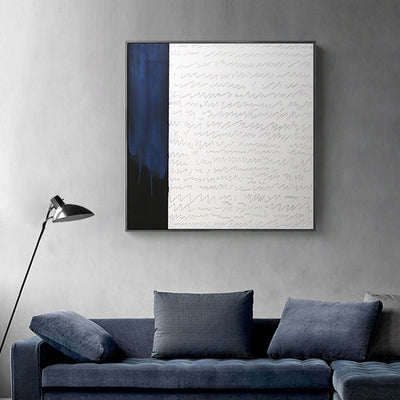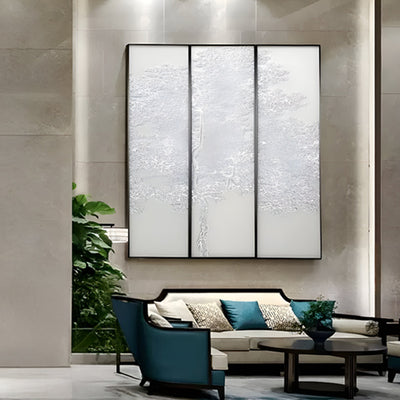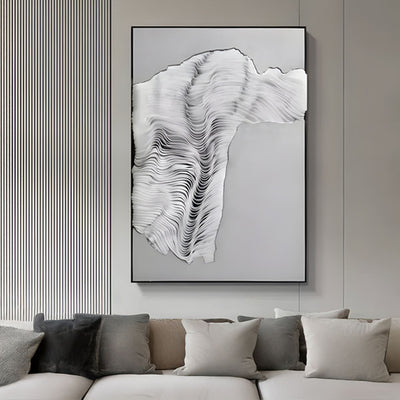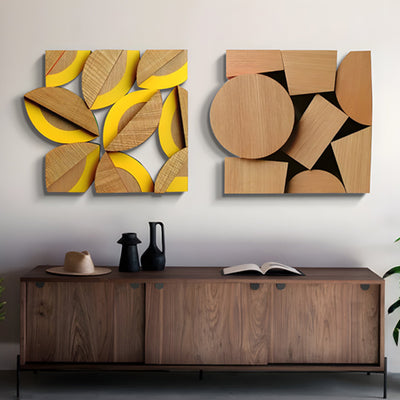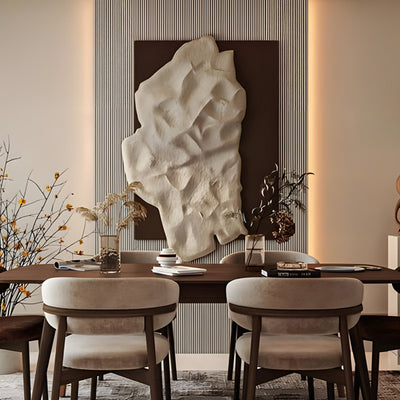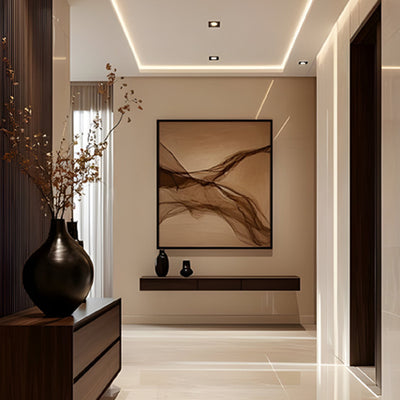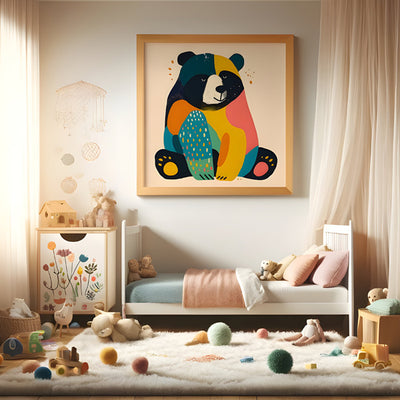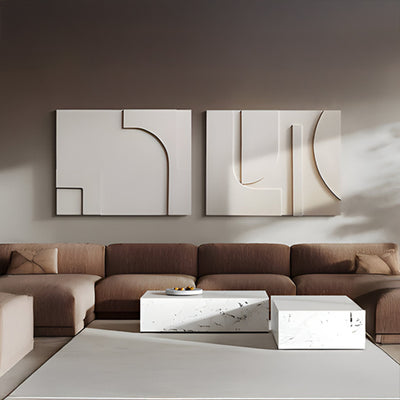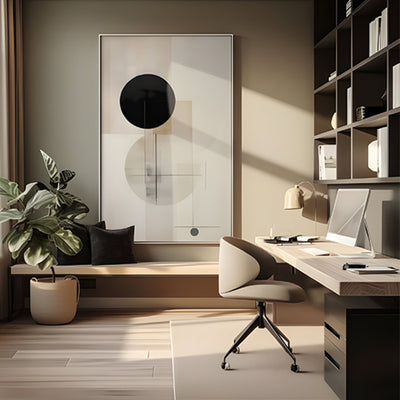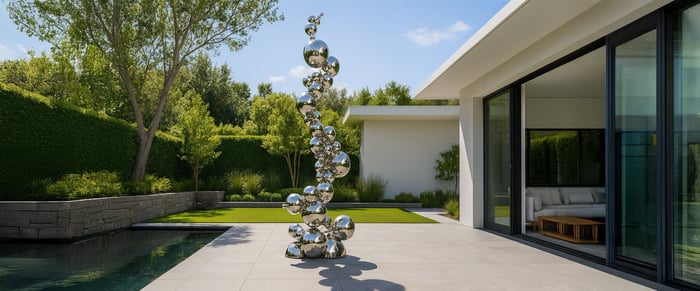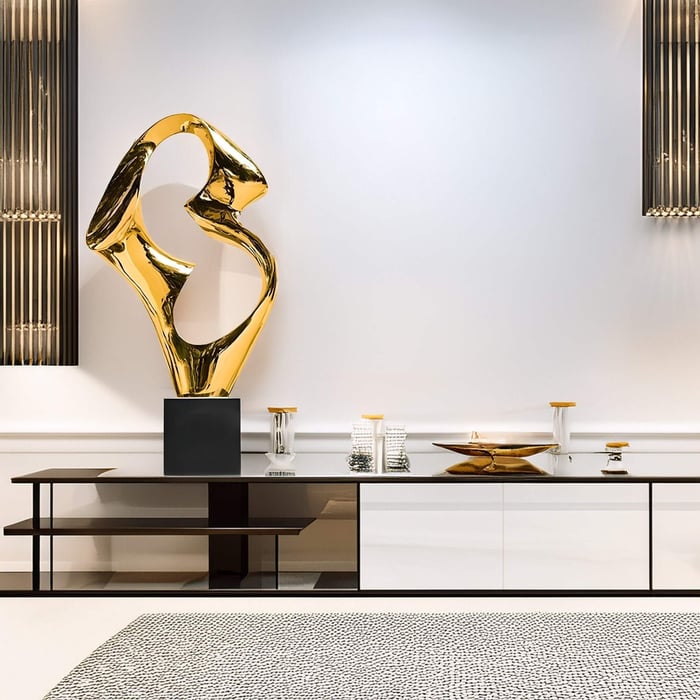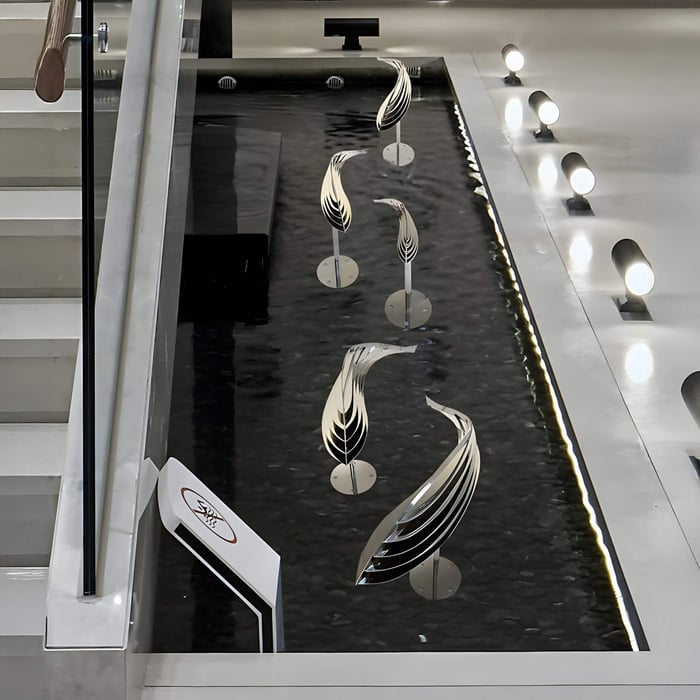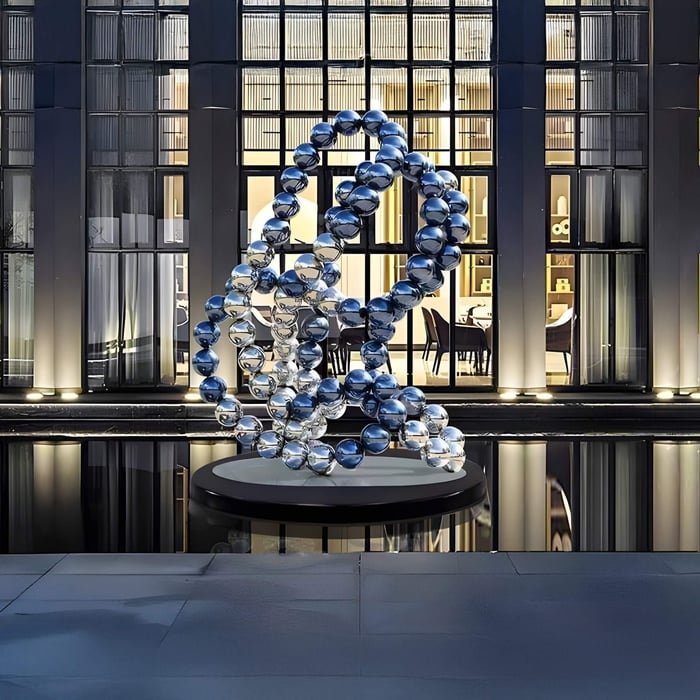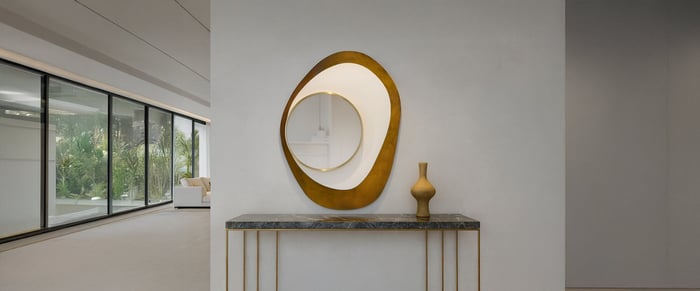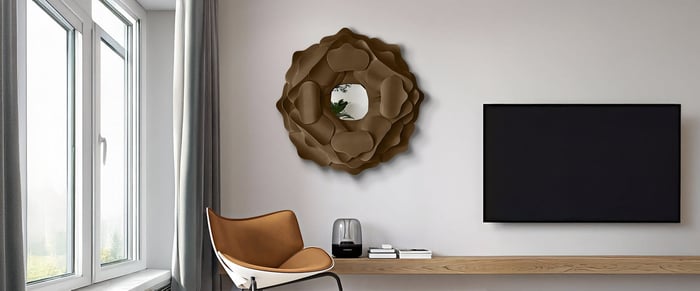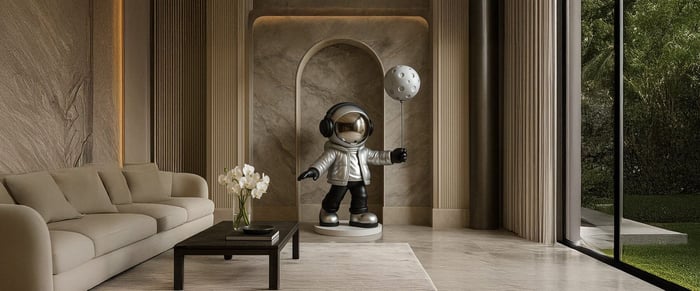Table of Contents
- Understand Your Space & Style First
- Material & Durability: What Your Sculpture Is Made Of
- Scale, Proportion & Visual Weight
- Form, Shape & Organic Aesthetic Compatibility
- Colour, Finish & Surface Texture
- Placement Strategy & Lighting
- Context & Environment: Indoor vs Outdoor Use
- Budget, Investment & Artist/Brand Credibility
- Mistakes to Avoid & Common Pitfalls
- Step-by-Step Decision Checklist / Workflow
- Conclusion: Let Your Sculpture Breathe & Evolve
- FAQs
When it comes to curating a standout interior or garden, an organic sculpture is more than decoration, it’s a statement. But choose poorly, and it can look awkward or out of place. The art is in selecting a piece that feels like it already belonged there.
In this guide I’ll walk you through everything you need: assessing your space, picking materials, getting scale and placement right, factoring in lighting and environment, spotting red flags, and making a confident choice. By the end, you’ll know exactly what questions to ask and what to test before you commit.
Understand Your Space & Style First
Before browsing catalogues, get clear on your canvas.
Room dimensions & flow. Note ceiling height, wall width, traffic paths. A sculpture that’s tall but slim might suit a narrow corridor, but a broad piece demands a more open room.
Architectural language. Is your interior rigid and geometric? Or soft and flowing? An organic sculpture works best when it echoes or complements the underlying architectural tone.
Visual focal points. Decide where your eyes naturally rest - a console, foyer, beside a window, or a niche. Aim to place the sculpture in or near that zone.
Style compatibility. If your home leans modern minimal, a heavily textured or rustic piece might jar. On the other hand, too-smooth a sculpture in a rich, layered interior can feel sterile.
By matching soul with shell, your taste with your space, you reduce the risk of a mismatch.
Material & Durability: What Your Sculpture Is Made Of
The material defines the soul of an organic sculpture. The material you choose determines longevity, maintenance, and how the piece ages.
Wood sculpture - Warm and tactile, but sensitive to humidity, pests, and warping. Use treated or sealed woods indoors or sheltered outdoor zones.
Stone / Marble - Classic, weighty, durable. Ideal for interiors or patios. Be mindful in frost-prone climates - porous stone can suffer freeze-thaw damage.
Metal (bronze, steel) - Strong, weather-resistant options. Stainless steel resists corrosion; bronze develops a patina over time.
Resin / Fiberglass / Composite - Lightweight, versatile, many finishes possible. Good indoor picks or for sheltered outdoor use.
Clay / Ceramic / Terracotta - Beautiful with natural texture. Best indoors or under cover, glazed versions resist moisture best.
For outdoor applications, always favour weather-resistant materials. Explore our blog on best materials for durable garden sculptures that offers insight on matching material to climate.
Scale, Proportion & Visual Weight
A gorgeous sculpture can disappear or dominate if scale is off.
Test visually first. Use masking tape outlines, photos, or mock-ups to see how the piece will look in situ.
Match the room size. A tall slim sculpture suits a high ceiling; a squat organic form can fit lower ceiling rooms.
Consider visual weight vs actual weight. A lightweight resin piece might still feel visually heavy if it has dense texture or dark colour.
Relate to furniture. The sculpture should neither be dwarfed by your sofa nor overpower a console. Use the 2/3 or 3/4 height rule (e.g. sculpture height relative to elements beside it).
Spacing is key. Leave breathing room. Don’t push a sculpture into tight corners unless it’s designed for that niche.
Form, Shape & Organic Aesthetic Compatibility
What makes a sculpture organic is often its form. To blend rather than clash, you’ll want harmony between shape and surrounding structure.
Look for fluid, biomorphic lines. Soft arcs, undulating surfaces, and natural curves create tension and relief beside straight walls.
Avoid too literal nature motifs unless that's your theme - abstract organic works often integrate more easily.
Echo shapes subtly. A curve in a light fixture, an archway, or a soft curve in furniture can echo the sculpture’s contours, creating cohesion.
Contrast smartly. A curved sculpture next to geometric furniture sets up a pleasing push-pull. But equally, too much contrast can compete.
Colour, Finish & Surface Texture
Surface matters - it’s not just what the sculpture is, but how it looks and feels.
Neutral & earth tones. Bone white, sand, soft greys, muted greens, these let organic sculpture blend without fighting for attention.
Patinas & finishes. A bronze patina, matte plaster, or stone finish often works better than mirror polish in organic contexts.
Texture is your friend. Roughness, subtle ridges, natural grain, these make the piece feel living and tactile.
Avoid extremes. A gloss-black sculpture in a warm, soft-textured room can feel discordant; same with a raw-heavy wood in sleek, shiny interiors.
Placement Strategy & Lighting
Where you place your organic sculpture determines how it’s perceived. Placement is about narrative, guiding how someone experiences the piece within a room. The best sculpture can be ruined by poor placement or lighting.
Optimal spots. At eye-level corners, beside a sofa, in foyers, on pedestals, or near windows. Avoid backing it flush to overly busy walls.
Allow 360° viewing if possible. Sculptures are three-dimensional - ensure viewers can walk around, or at least see multiple sides. For more tips, explore guide on displaying sculptures at home, which recommends keeping visual access open from different angles.
Lighting matters. Use directional spotlights, up-lights, or diffused overhead lighting to accentuate form and shadow.
Avoid harsh shadows or over-bright glare. Test lighting at different times of day, and adjust.
Context & Environment: Indoor vs Outdoor Use
Where the sculpture lives changes what it must endure.
Indoor settings. You have more freedom. Materials like clay, untreated wood, delicate composites work well.
Outdoor exposure. Models must resist UV, moisture, temperature swings. Use materials proven for outdoor durability.
Consider anchoring & base. Use sturdy pedestals or secure bases to avoid tipping in wind.
Finish protection. Seals, waxes, and protective coatings help preserve finish and slow weathering.
Budget, Investment & Artist/Brand Credibility
An organic sculpture is both an art investment and a personal statement. Prices vary widely, from affordable resin miniatures to commissioned marble or steel works. A sculpture is an investment, both artistic and monetary.
Set a realistic range. Know your budget, but leave room for quality and longevity.
Check craftsmanship. Inspect seams, joints, balance, surface finishing. High-end pieces often show attention to hidden sides.
Provenance and brand. Seek artists or brands known for longevity, signature style, and aftercare.
Maintenance & lifecycle cost. A cheaper piece that requires re-coating annually can cost more in the long run.
Resale value. Unique, well-crafted pieces from reputable makers are more likely to retain or increase in value.
Mistakes to Avoid & Common Pitfalls
Even seasoned buyers stumble. Watch out for:
Choosing too large or too small - extremes kill harmony.
Ignoring lighting and sightlines - a sculptural form hidden in shadow loses its magic.
Clashing styles or materials - a rustic wood piece in ultra-sleek surroundings can feel tacked-on.
Poor material for the environment - placing delicate clay outdoors or unprotected wood unsubtle.
Impulse buys - never overlook mock-ups, tests, or walking around before committing.
Overcrowding - one strong sculpture often outperforms several mismatched ones.
Step-by-Step Decision Checklist / Workflow
Here’s your practical map:
Measure the space & visual zones
Note your interior style - modern, organic, eclectic
Shortlist materials suited to indoor/outdoor conditions
Create mock-ups (tape, paper, photos) for scale
Test surface colours and finishes in situ
Plan the pedestal or base and secure mounting
Test lighting from various angles at different times
Live with that mock setup for a day or two
Adjust placement, then finalise your purchase
Treat it as design iteration, not a one-shot gamble.
Conclusion: Let Your Sculpture Breathe & Evolve
Choosing the right organic sculpture for your space is part logic, part intuition. When you consider your room’s proportions, style language, and environment, and pair those with material choice, shape, lighting, and placement, you end up with a piece that doesn’t compete but converses.
Don’t rush. Start with one piece you genuinely love. Trial it, move it, watch how light and shadow shift. Let your space guide you. Over time, you may layer complementary pieces, but a thoughtfully chosen focal sculpture can define the tone for years.
If you’d like to explore high-quality, nature-inspired organic sculptures that balance elegance with durability, check out our curated collection at Giant Sculptures. Let art and environment meet.
FAQs
What is best material for indoor organic sculpture?
Ceramic, terracotta, treated wood, resin composites or stone - materials that balance refinement and resilience in a controlled space.
How big should a sculpture be for a living room?
As a rough guideline, aim for sculpture height around 1/3 to 2/3 of adjacent furniture height, allowing breathing space around it.
Can I place an organic sculpture outdoors?
Yes, but only if it’s made of weather-resistant materials (stone, bronze, treated metal, durable composite) and anchored securely.
How do I light a sculpture to highlight its texture?
Use directional angled light from side or top, avoid harsh overhead glare. Multiple light sources reduce flatness.
Is it okay to mix organic sculptures with geometric decor?
Yes, as long as you maintain a visual tie (colour, material, echoing shape). The contrast can enhance both styles.

